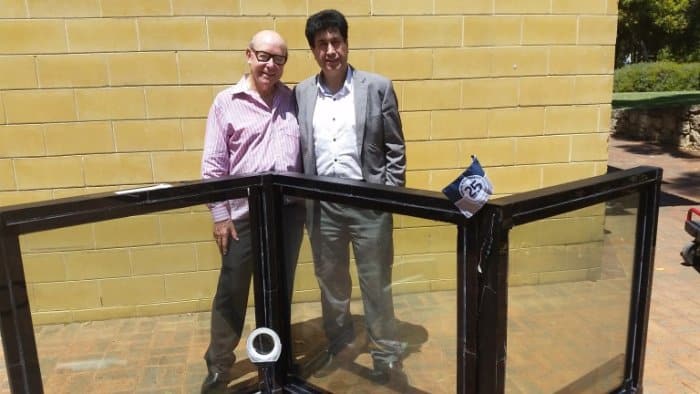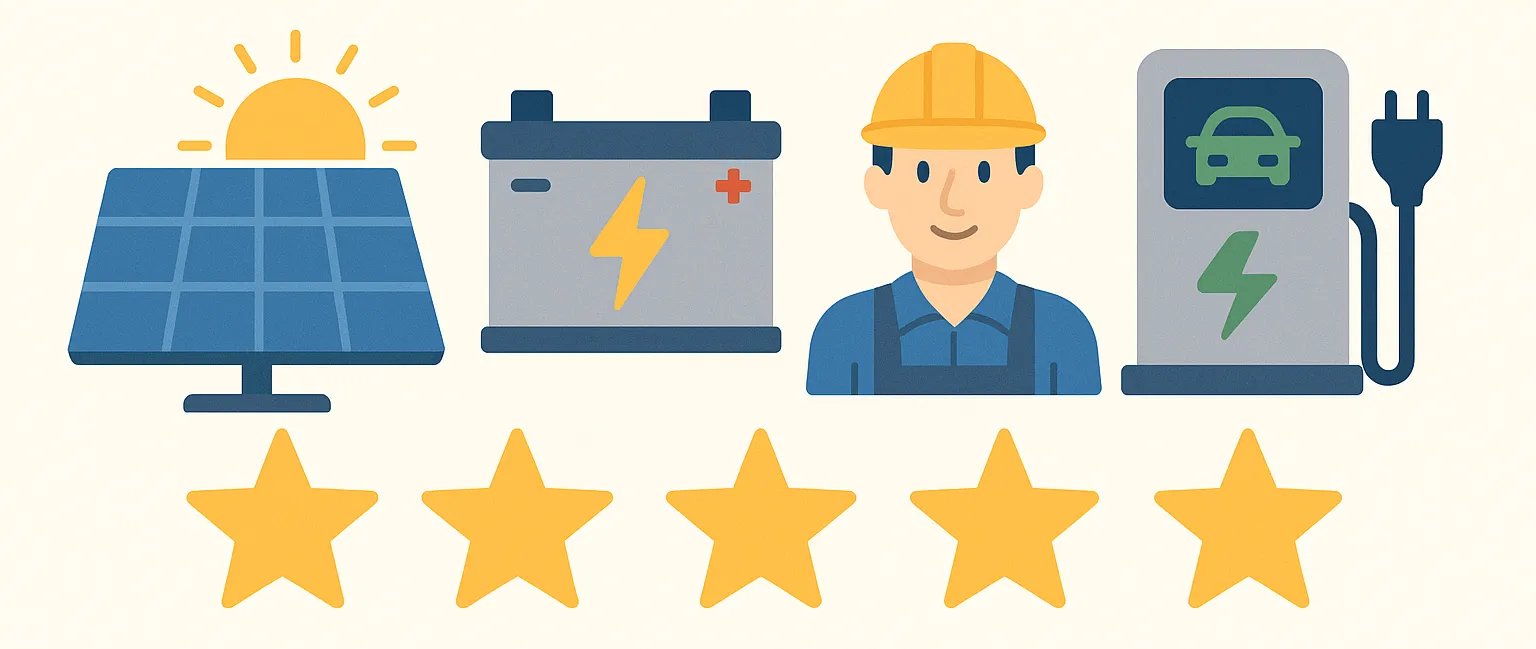A $1.6 million grant is being used to further develop solar glass that could power greenhouses and provide perfect year-round growing conditions.
The grant from the Federal Government’s Cooperative Research Centre will be used to construct a 300sqm greenhouse using glass that can generate 50 watts of power per square metre of surface area. The special glass is being developed by Edith Cowan University’s Electron Science Research Institute (ESRI) in partnership with ClearVue Technologies.
“Being able to selectively control light radiation, thus maximising the crop yield, while producing and storing electricity for water desalination, irrigation, heating and air conditioning, will enable greenhouses to operate in a closed environment,” says ESRI Director Professor Kamal Alameh.
“This is particularly significant for parts of the world that are too hot and dry for traditional greenhouse agriculture.”

Greenhouse horticulture is becoming an increasingly important source of food supplies. By January last year, the total world greenhouse vegetable area had reached 489,214 hectares (1,208,874 acres). That’s a lot of greenhouses, a lot of glass and a lot of energy that could be generated and saved.
According to Protected Cropping Australia, greenhouse horticulture is the fastest growing food producing sector in Australia, with a farm gate value of $1.3 billion – equivalent to 20% of total vegetable and flow production value. The sector is reportedly growing at 4 – 6% per annum.
The grant is an important milestone for ClearVue.
“Our technology presents a paradigm shift in the way glass will be used in building construction, automobiles, agriculture and specialty products,” said ClearVue’s Victor Rosenberg.
“Glass will no longer just be a component of construction, glass now has the potential to be renewable energy resource. ”
Cleavue’s special glazing sits within an activated interlayer sandwiched between two panes of glass. The company states the interlayer prevents 90 per cent of solar UV and IR radiation from penetrating the glass pane; the energy from which is redirected to the edge of the glass for harvesting through solar cells. The solar-glass enables 70 per cent of visible light to pass through.
Other developments in solar glass we’ve covered in the past include quantum dot solar windows.
News item provided courtesy of Energy Matters Australia
